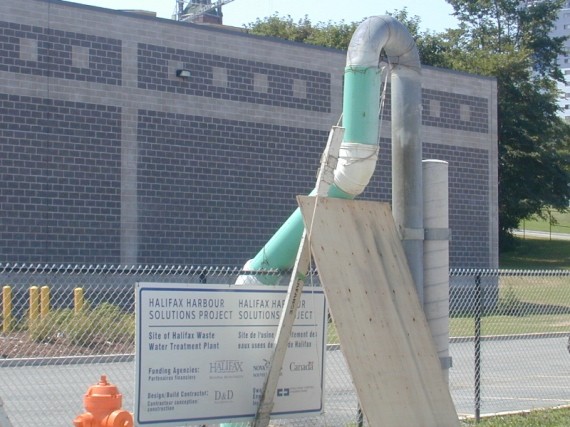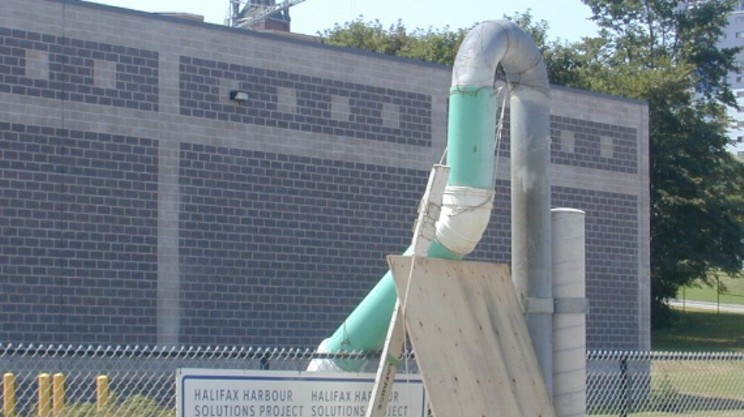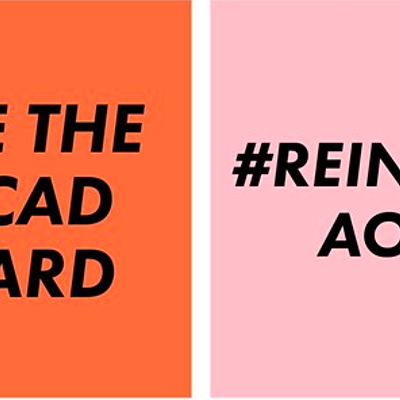First a sewage treatment plant failed, and now the Halifax Regional Municipality is giving up on attempts to screen out solids from flowing into the harbour.The new sewage treatment system, the $330 million (and counting) project called Harbour Solutions, is by any objective standard a colossal failure. What's stunning, though, is that the present reality of sewage non-treatment in Halifax is worse than even the most strident critics of Harbour Solutions predicted.About 80 million litres of wastewater has been flowing into Halifax harbour every day since January, when a sewage treatment plant malfunctioned and flooded following a power outage.
The solids, called "floatables," were screened at seven combined sewer outfall stations on the waterfront, but the screens were never designed to work continuously. So last week, Halifax Water, the municipality's water commission, was forced to remove them.
In March of 2007, just as Harbour Solutions was being constructed, I wrote a feature on the project, Harbour Solutions stinks. The piece included a good background on the present problem:
Halifax was built with no thought of sewage disposal. Outhouses were built behind businesses and homes, and that was the end of it. By the late 19th century, indoor toilets replaced outhouses and waste was routed to newly constructed sewers that diverted both rain water and sewage out to the harbour.The thought was that all the rain water would dilute the bacteria in the sewage going into the harbour to relatively safe levels. When the rain stopped, workers would go clean the screens, and the CSOs would be ready for the next storm.[...]
Harbour Solutions deals with the pipes dumping sewage and rainwater into the harbour—they're called combined sewer outfalls, or CSOs—by plugging them into new pipes which, instead of dumping into the harbour, run to the sewer plant.
The new pipes are designed to handle four times the volume going through the pipes on a typical sunny day. But when it rains more than that, only the heaviest and biggest stuff coming through the sewers is screened off and sent to the treatment plant. Everything else overflows just like it always has—raw sewage will be dumped, untreated, right into the harbour.
This is the system that has now broken down---"the screens were never designed to be cleaned continuously," the ceeb article explains, quoting city spokesperson James Campbell.
But, if the screens weren't designed to be cleaned continuously, how often were they designed to be cleaned? In a best-case scenario---that is, if the sewage plant was working as expected--- how often would raw sewage flow through the CSOs? Back in 2007, I never got a straight answer on that question:
How often will this happen? "At least 90 days a year," says Grette Lydon. The environmental review for the project predicts overflows will occur anywhere from 20 to 70 times annually, but Dan O'Halloran, an engineer contracted to work on the project, says they'll happen just 20 or 25 times a year. Tam, for his part, refuses to answer the question. "It doesn't matter," he says, and it is incalculable besides, because too many factors enter the equation.Tom Tam was the project manager overseeing the design and construction of Harbour Solutions. If, as he said, it didn't matter in 2007 how many times there would be overflows, why does it matter now?However often overflows happen, their occurrence will be a matter of public record, says Tam.
Tam's assurances that the number and extent of overflows would be public record is also just so much nonsense---when I called Carl Yates last month and asked for the records of overflows from the CSOs from last year, he told me that no such records existed. (Yates is manager of the Halifax Water Commission, which now oversees the sewer system.)
Got that? Even for the short period of time when the sewage system was operating "correctly," no one had any idea how much, or how often, raw sewage was flowing into the harbour.
Back in 2007, I ended my examination of Harbour Solutions with a comment from David Wimberly, a critic of the new system:
"All of Harbour Solutions is wrong, really. It's not even half-assed, it's more like one-tenth assed."Two years later, that quote seems remarkably prescient.

















